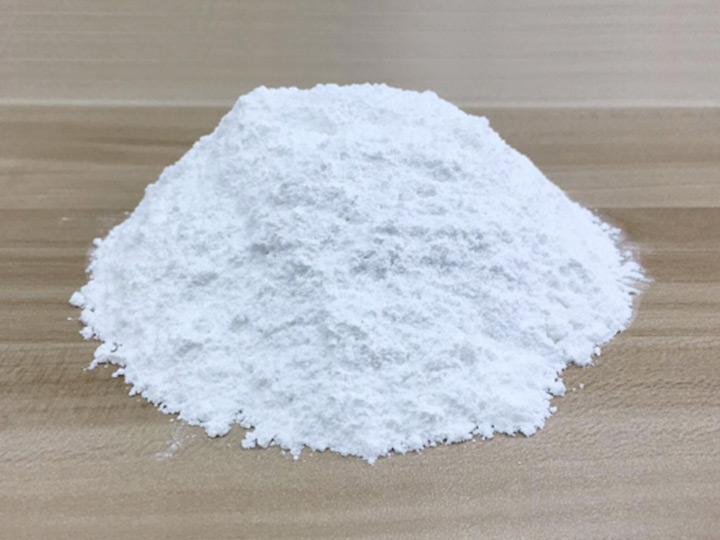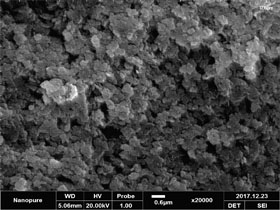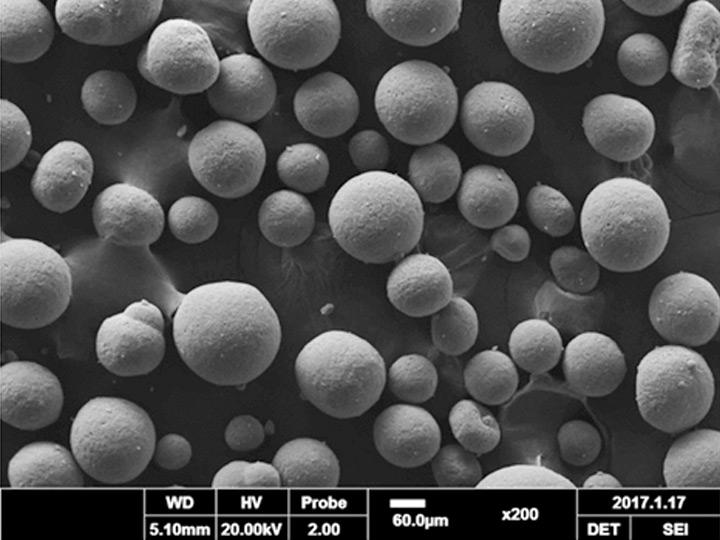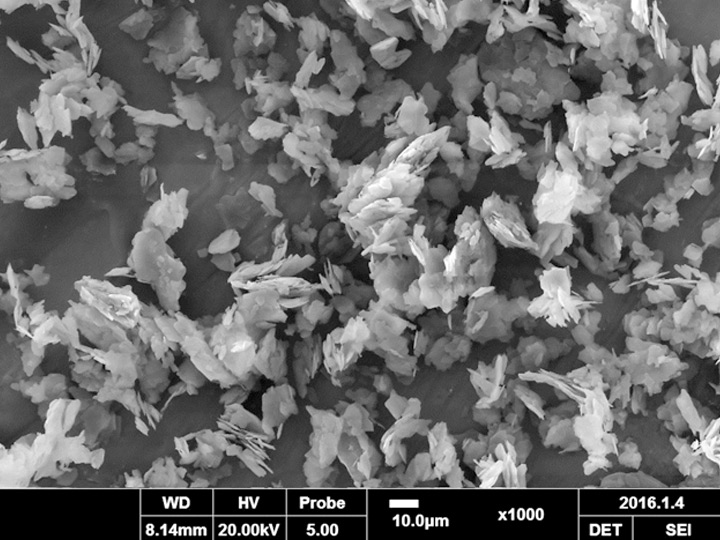Piezoelectricity in Monolayer Hexagonal Boron Nitride
Abstract
2D hexagonal boron nitride (hBN) is a wide‐bandgap van der Waals crystal with a unique combination of properties, including exceptional strength, large oxidation resistance at high temperatures, and optical functionalities. Furthermore, in recent years hBN crystals have become the material of choice for encapsulating other 2D crystals in a variety of technological applications, from optoelectronic and tunneling devices to composites. Monolayer hBN, which has no center of symmetry, is predicted to exhibit piezoelectric properties, yet experimental evidence is lacking. Here, by using electrostatic force microscopy, this effect is observed as a strain‐induced change in the local electric field around bubbles and creases, in agreement with theoretical calculations. No piezoelectricity is found in bilayer and bulk hBN, where the center of symmetry is restored. These results add piezoelectricity to the known properties of monolayer hBN, which makes it a desirable candidate for novel electromechanical and stretchable optoelectronic devices, and pave a way to control the local electric field and carrier concentration in van der Waals heterostructures via strain. The experimental approach used here also shows a way to investigate the piezoelectric properties of other materials on the nanoscale by using electrostatic scanning probe techniques.
Piezoelectricity is an important property of noncentrosymmetric crystals that allows conversion of mechanical strain into electric field, and vice versa.1 Recently, 2D crystals have shown to be a unique platform to investigate and exploit such property for many reasons. First, they have the ability to sustain large strain (up to 10%) before rupture or plastic deformation,2 while this is challenging to achieve in 3D crystals. Second, many crystals are found to be piezoelectric only when reduced to two‐dimensionality. This is the case of semiconducting transition metal dichalcogenides, in which inversion symmetry is broken only in their 2D forms, as recently observed in single‐layer MoS2.3 Furthermore, 2D crystals are likely to show areas of nonuniform strain near corrugations or bubbles that naturally form on substrates.4 In such areas, strained‐induced local charge densities, ρ, are expected to appear owing to the local variation in polarization, P , since ρ(r ) = − ∇ · P (r ).5
- 2020-09-24 > Wafer-scale single-crystal hexagonal boron nitride monolayers on Cu (111)
- 2020-09-24 > Hexagonal Boron Nitride as a Multifunctional Support for Engineering Efficient Electrocatalysts toward the Oxygen Reduction Reaction
- 2020-08-21 > Boron nitride nanotubes and nanosheets
- 2020-08-21 > A comprehensive analysis of the CVD growth of boron nitride nanotubes
- 2020-06-13 > One-dimensional hexagonal boron nitride conducting channel
- 2020-06-13 > Metal-Free Modified Boron Nitride for Enhanced CO2 Capture
- 2020-06-13 > Functionalizations of boron nitride nanostructures
- 2020-06-13 > Engineering spin defects in hexagonal boron nitride
- 2020-06-13 > Grain Dependent Growth of Bright Quantum Emitters in Hexagonal Boron Nitride
- 2020-06-13 > Process for manufacturing boron nitride agglomerates





